In the spring 2014, while preparing for my two week trip to Japan, I was on the lookout for a new compact camera. I was thinking (I still am) about buying a Contax T3, maybe even buying it myself while in Japan. As the luck would have it, a friend of mine, also a camera freak offered me two cameras; Minolta TC-1 and Fuji DL Super Mini. Fuji being 1/5th of the price of the Minolta and considering my traveling expenses, I opted for the Fuji. Today, it’s almost a year and 18 films since I bought it so I might be able to share my experience. Mind you, this is not my main workhorse of a film camera. It was from the very beginning destined to by my handy traveling companion.
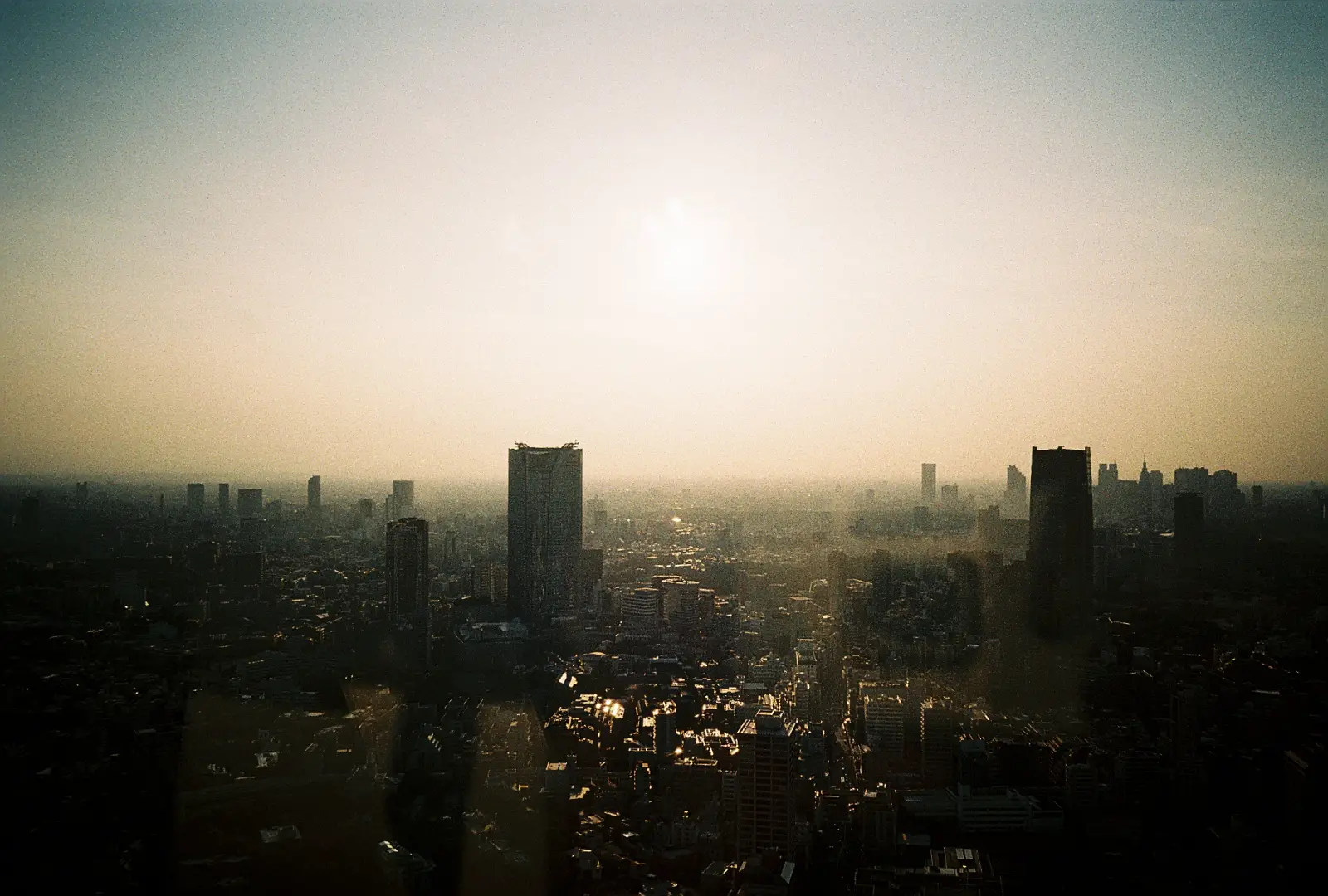
A bit of history
Fuji DL Super Mini or Fuji Tiara in Japan is one of those high end compacts that not very many people heard about. There is not much info on the web either. It certainly does not have the following of Mjus or Yashica Ts and it’s being overshadowed by other cameras from DL series (DL ZOOM for example). That is partly because of the way, how the DL Super Mini was introduced to the market. Apart from Japan domestic market (under the name Tiara), there was a very limited release in Europe, quickly followed by the DL Zoom. To this day, I haven’t found a copy of the user guide for the DL Super Mini online.

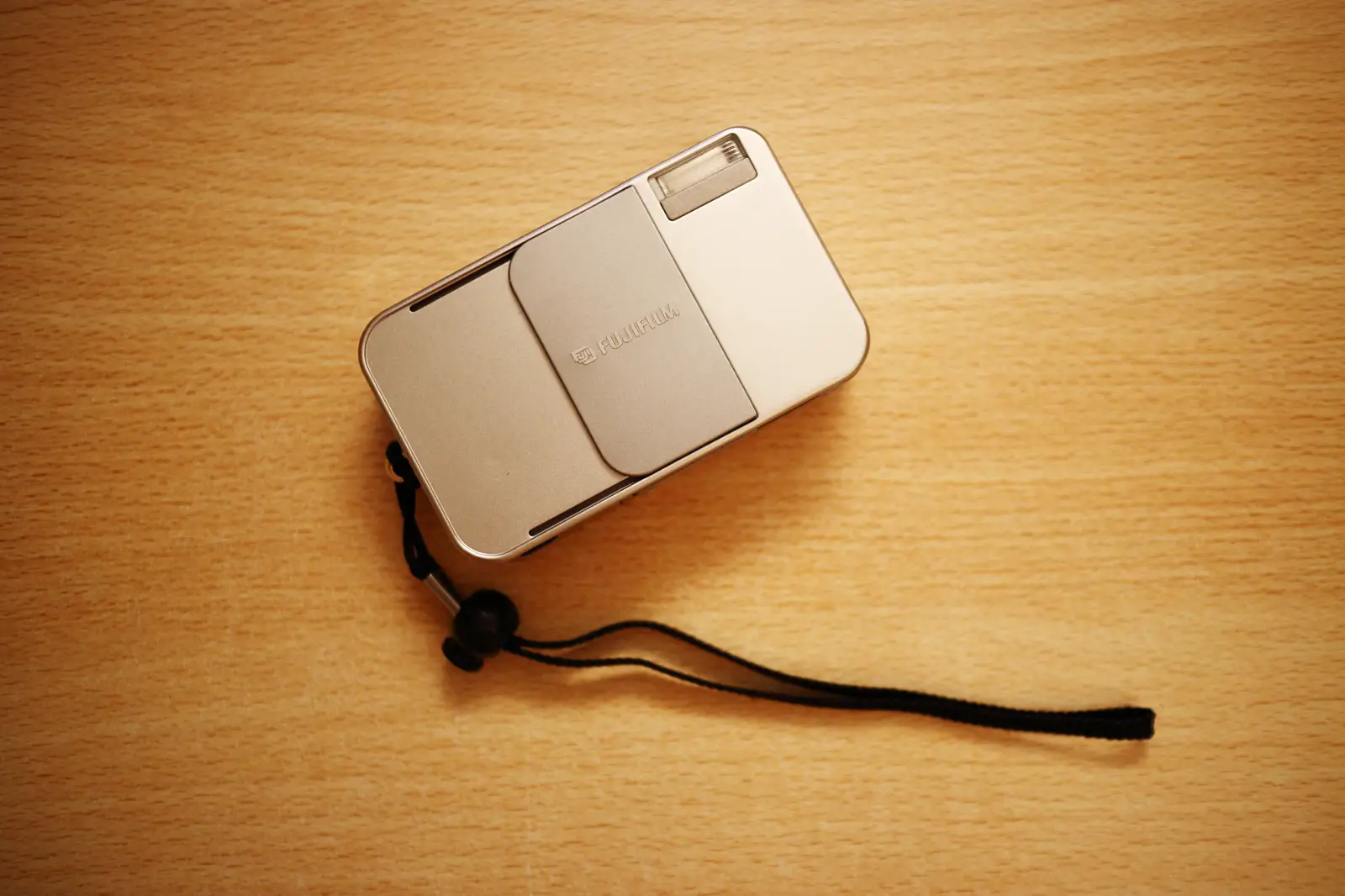
Ergonomics
There were in fact two iterations of this camera Tiara and Tiara II (Tiara II, if I am not mistaken is also known as the DL Super Mini in Europe) with the only difference being the eye for the hand strap. Tiara (the first one) had no eye for the strap and the strap was screwed in the tripod hole. Together with the sleek metal finish it created a really one gem of a camera. This eye candy form factor is also maybe one of its drawbacks. It is so unbelievably small, that holding it is little weird and I don’t feel that I am gripping it firmly. Compared to the Mju II, the Olympus is clear winner in the ergonomics department. What helped me, was putting a large ¼ in screw in the tripod mount. Now I feel that much more secure grip holding the camera. That is probably the price you have to pay for its size. While we are on the topic, the outer shell is completely made from metal except for the battery door that is plastic and can be felt protruding a little bit when the battery is inserted. I am also still a little bit too careful when carrying it as even though that is made of metal, it feels less rugged and more delicate than plastic Mju. Maybe it is partly because you can have Mju for next to nothing.
Lens, focus and exposure

Now the main kicker in this Fuji DL Mini Super is its lens. I’ve been told that people adapt this lens (a 28mm f/3.5 Super EBC Fujinon) to Leica after their DL dies. It is exceptionally sharp. A look into the lens reveals those blue hues of multicoating layers consisting of 4 elements (two of them aspherical) in 4 groups.
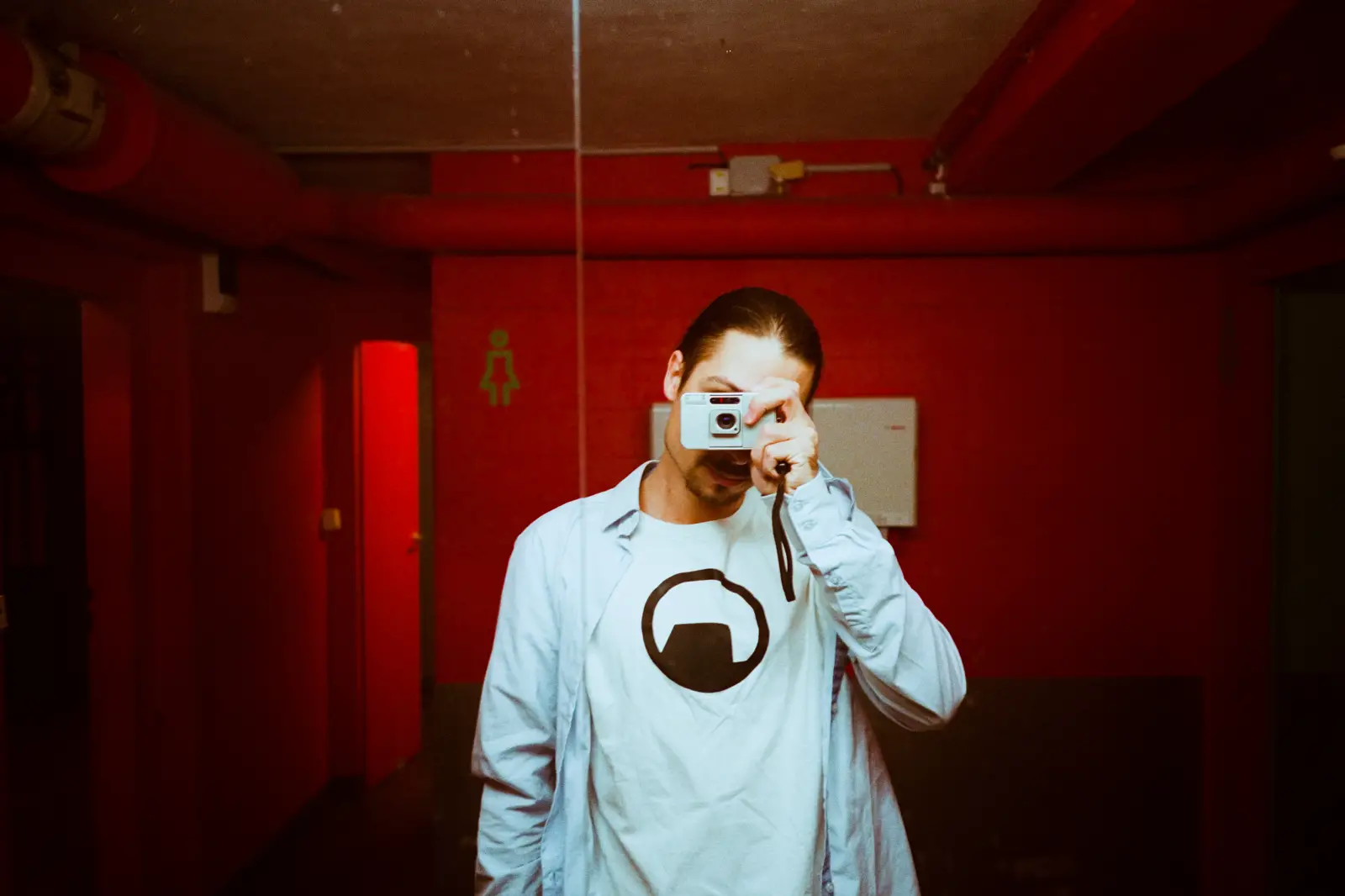
What also was a big turn on for me is that is has a four focus modes including a manual focusing. You see I quite often want to take picture through a window of a bus, of a train, of plane. Most AF cameras have troubles focusing through the glass (also they don’t want to focus on oiled latex, a common theme in my photography☺). They either have active IR focus, that will many times focus on the glass itself or it is a slow passive focusing. In either case it is hit’n’miss with more miss than hit. The focus modes of DL Super include auto, infinity focus (this also turns of the flash – YAY!), SNAP – everything from about 1 meter to 3 meters should be covered by depth of field with flash on auto and manual focus with reasonable steps from 0.35 m to infinity. It’s not all fun and games though. The focus mode reverts to the auto after a picture is taken. It results in slowing you down. It’s not a camera for quick street shooting style. It will shift the lens in place when the shutter is depressed completely further adding to reaction time. Even though, the manual focus is cumbersome (as it will always be in P&S) its benefits greatly overweighs its limitations. My extended arm is about 0.65 meters. When pressed against the mirror it’s 1.3 meters. In case you want to take an occasional selfie, you can rest assure that your face will be in focus even when not placed dead center in the frame. After the picture with manual focus is taken, the focus mode switches to auto but the camera remembers the last focus distance you entered so you just need to dial the manual focus in again. I also find that when focusing close, as for a portrait, the camera opts for larger apertures thus blurring the background.
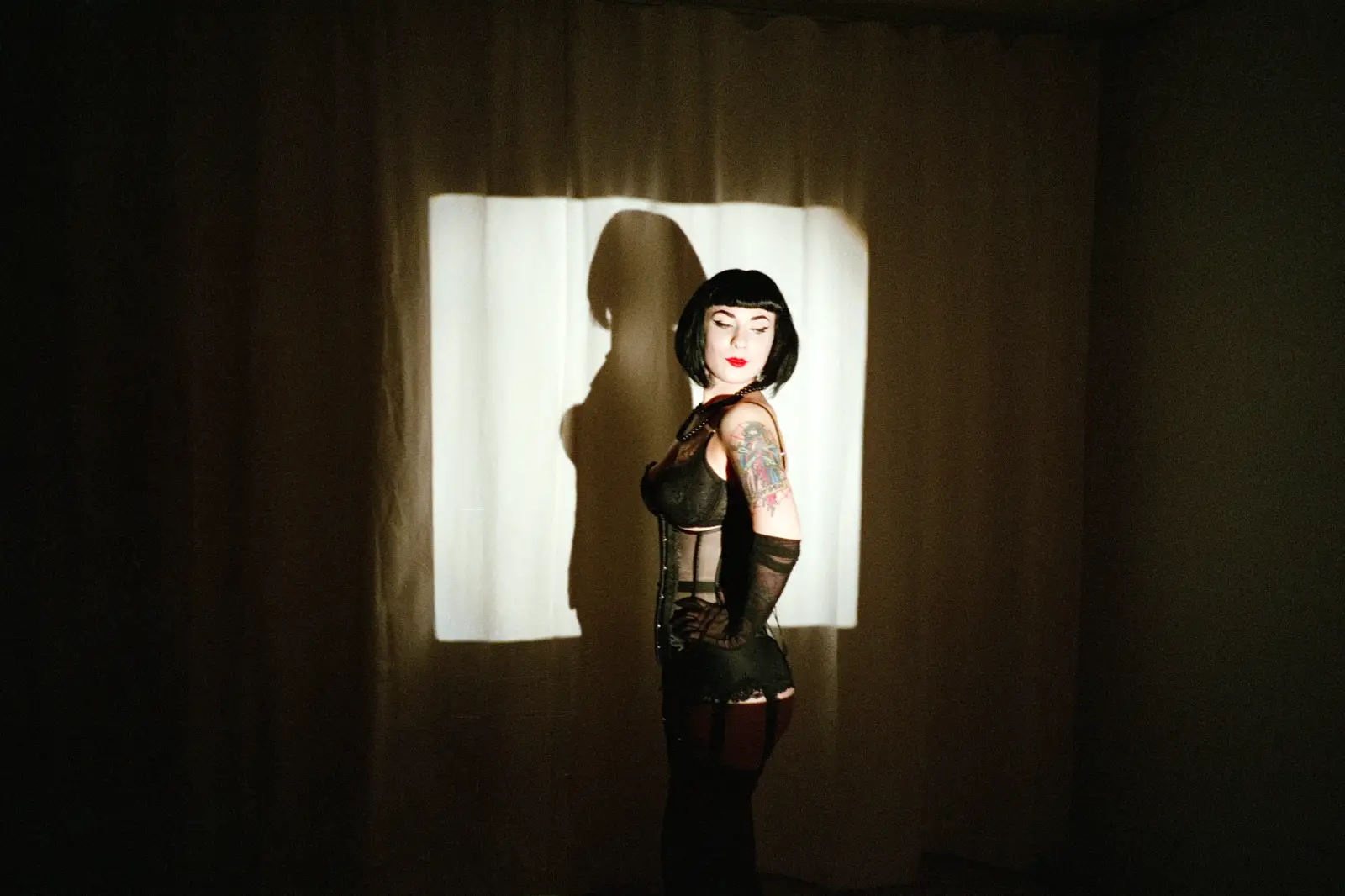
It allows you to select a handful of exposure/flash modes. As with almost all compacts it starts with default flash on and does not retain flash settings. (Why oh why, cruel fate?). It cycles through following modes: auto, red eye reduction, flash off, back light compensation (2 EV?) and night portrait mode. If you want to combine for example infinity focus with back light compensation, you need to first select the focus and THEN select the exposure mode. I find the flash is also much weaker than the Mju II has but I don’t feel like the flash pictures are being underexposed under normal conditions.
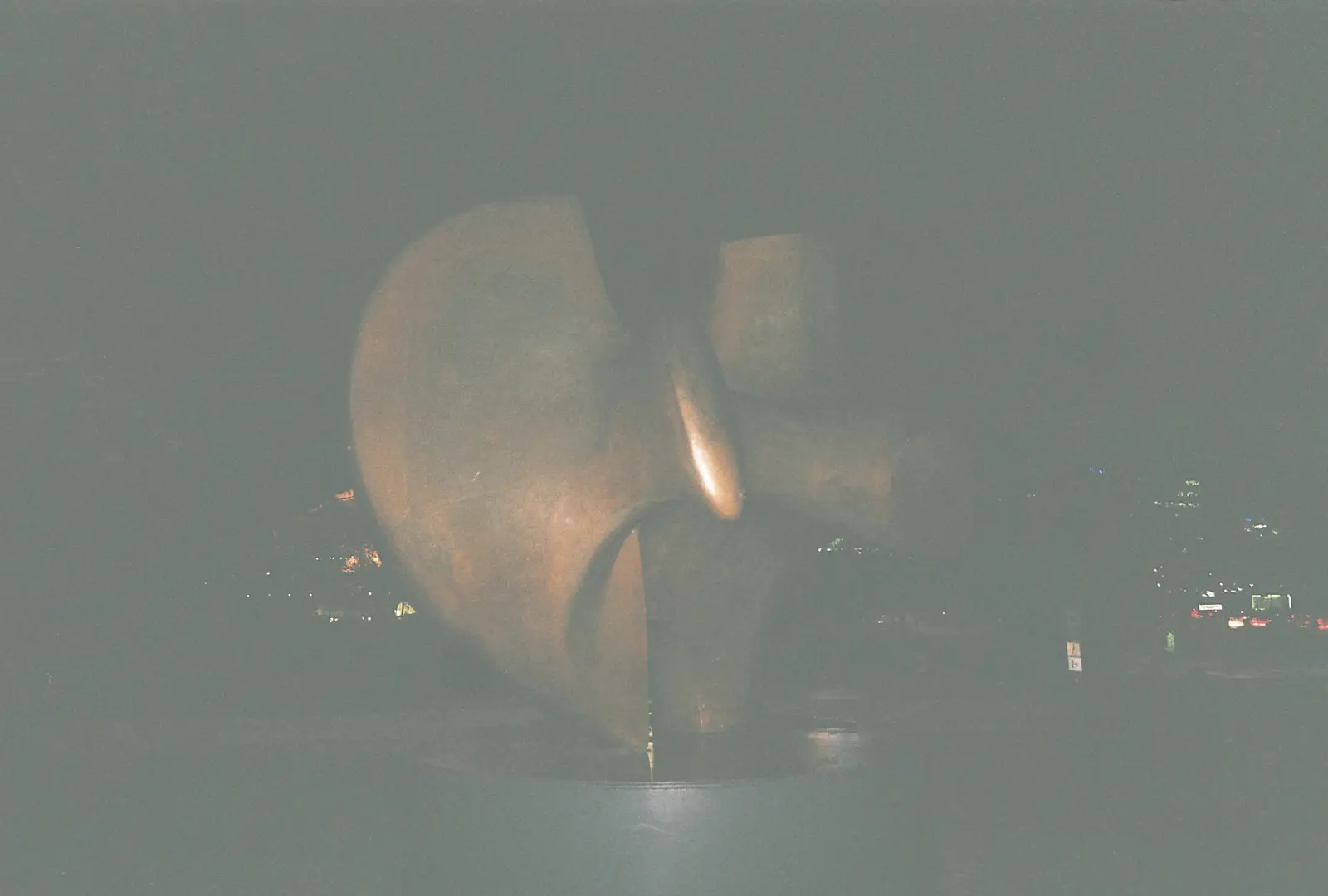
Exposure wise, the Fuji DL Super Mini won’t shoot anything longer than about 1/5th-ish of a second (my educated guess). It is able to shoot in very dark environments and has no troubles exposing in dusk or dawn light but it does not have a long exposure mode. Mju II would give you a few seconds exposure if it felt like it. Some may prefer the underexpose but not blur approach, I am more in favor of properly exposing no matter the blur (I don’t mind long exposure blur, especially when shooting grainy black and white film). It is something to keep in mind. But except for shooting in night and near darkness, it works flawlessly. I have some photos, where I was surprised, what came out regarding the circumstances.
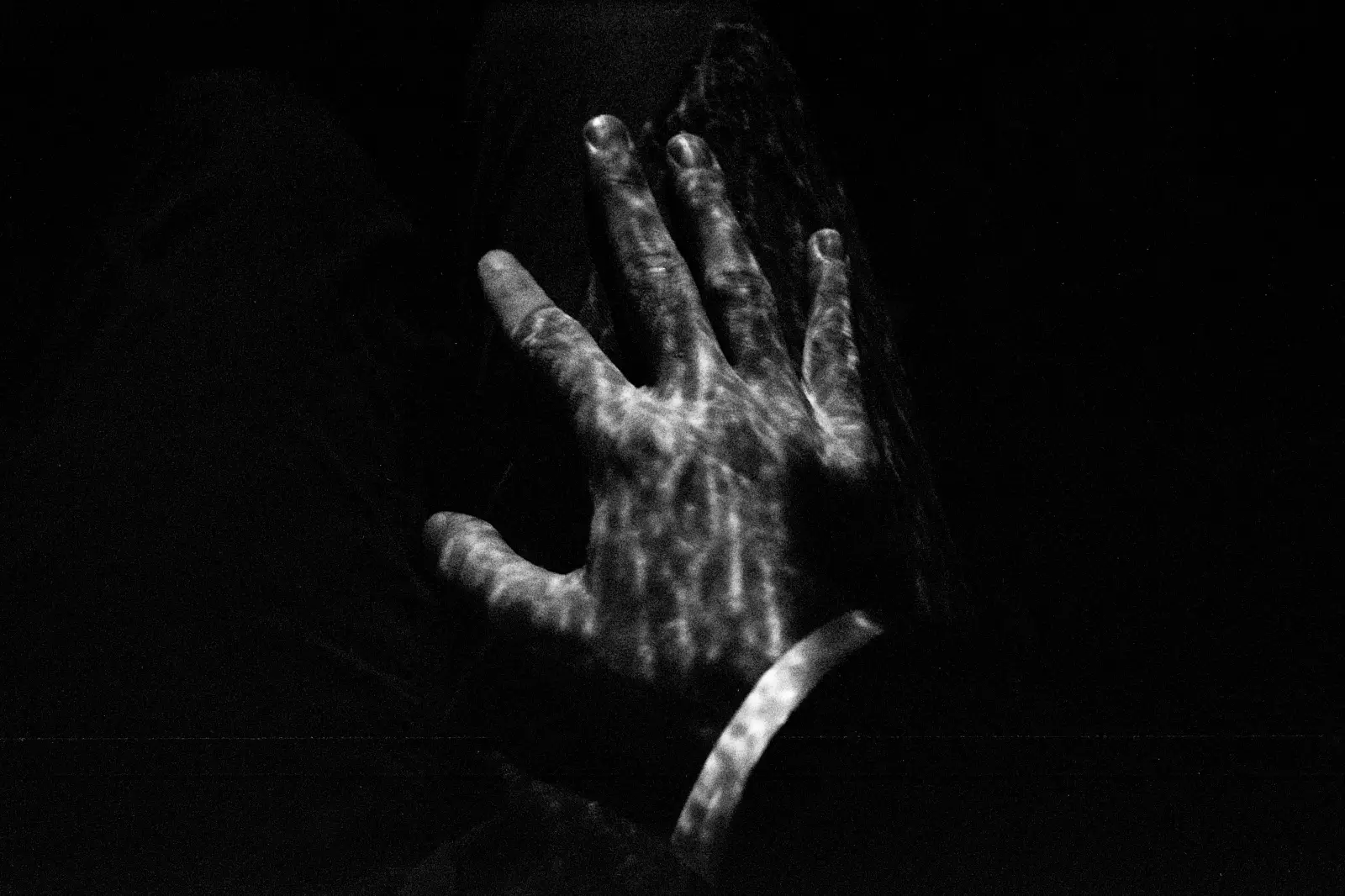
Tidbits
Regarding the other bits, pieces and quirks, the Fuji DL Super Mini has a date function. A nice touch I think, I don’t really use it that much but there are people who built their careers on dated pictures (Araki ☺). It also has a selftimer that takes one, two or three pictures for some reason. What stains this little gem is a panorama switch located on the top. Had it been flash auto/off switch, it would catapult this camera into the spotlight of compact fanatics, this way it’s just a switch I never touch. The viewfinder is small but not all that bad. I’ve seen much smaller on Nikon AF600 for example. It has a tiny LED on the right side of the viewfinder. It flashes red when you put your fingers in front of the flash. There is a proximity sensor below the flash. It is a nice touch but I can’t imagine holding such small camera with both hands. When the flash is ready, the diode lights up bright green. Together with the lack of AF assist light (it has IR active focus) this result in effectively blinding you when you are trying to take pictures in the dark. Whatever you might have seen in the viewfinder is lost in the green glow. What might be also worth noting is that when the film is loaded (drop in loading), the camera unwounds all of it from the canister and wounds it back as you shoot. The advantage being that if you accidentally open your camera, you will lose only the last picture. It will also result in reverse order of the scanned pictures from the lab most of the time. To be frank, I’ve never felt the real need for this approach. On the other hand you know exactly how many exposures do you have. This might be useful with handspooled films or for example with Foma Fomapans. So yeah, that can be useful. Dl Super Mini can squeeze out solid 37 pictures from Fomapans (with Canonet QL17, I pulled 40 solid exposures from Fomapans every time, with OM-1 I am shooting 38 clean pictures per roll of Tri-X 400 always while DL Super will give you plain 36).
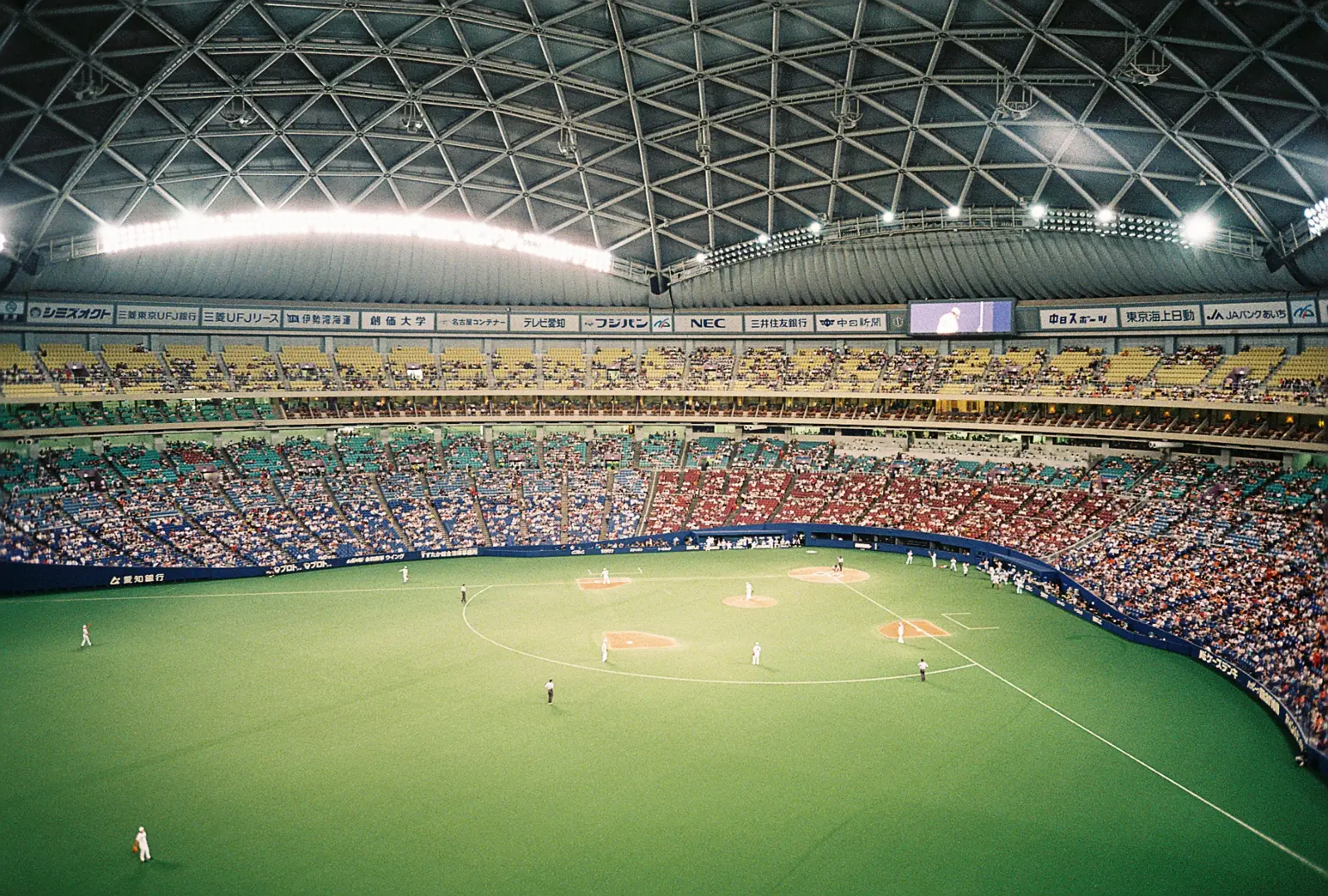
My thoughts
I bought the Fuji DL Super Mini with some hopes and expectations. It lived up to and surpassed some of them while missed others. It started as a capable tourist camera but it became my main day to day carry on P&S. With the kind of pictures I take, I don’t mind the extra step of setting up the infinity focus or turning flash of because it delivers. It delivers outstanding quality, tack sharp pictures, properly exposed (most of the time). With the manual focus option, the proper focus is guaranteed almost all the time. I feel that the Fuji DL Super Mini might be with me some time. Maybe it will be replaced by Contax T3 or Minolta TC-1 (or maybe not). It is just a few electronic features that separate the Fuji DL Super Mini from those two titans. In terms of lens and build quality, it could match them. So far, I am more than happy with it and I haven’t really felt that the auto flash is limiting me in any real way and real life usage provide more than enough evidence, that this camera is a performer. Looking back at the pictures, I am now realising, that except few underexposed nightscapes and miss-focused pics of ladies in latex, I have nothing I can say against the Fuji DL Super Mini.
Some other pictures taken with Fuji DL Super Mini can be found at:
http://murhaaya.com/sessions/2014-08-23-japan/ (mix of Vivitar UWS xpro and Fuji DL Super Mini)
http://murhaaya.com/sessions/2014-09-26-shibari-1/ (from my Tokyo bondage photo session, definitely NSFW!)
Fuji DL Super Mini (Tiara) Instruction Manual
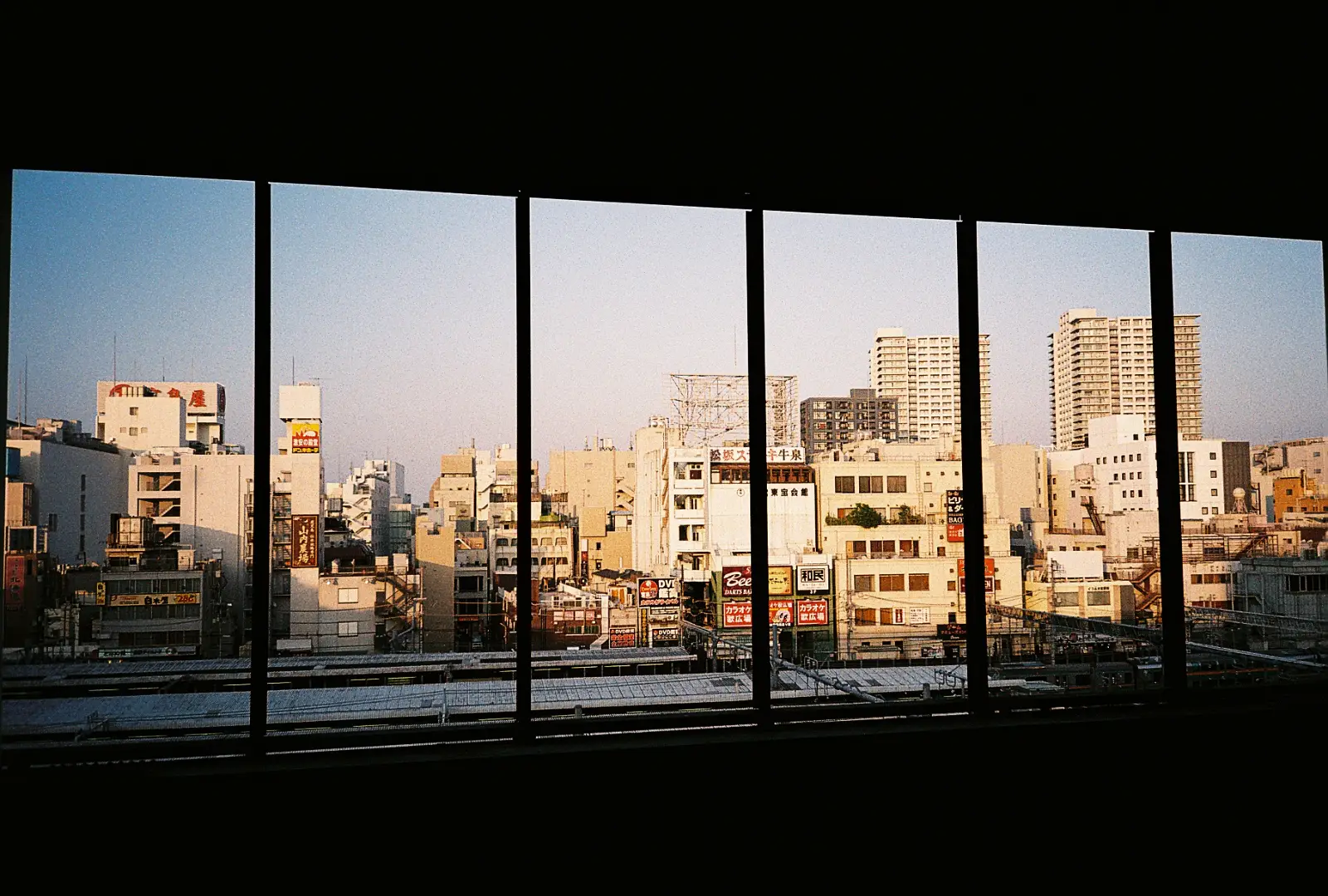
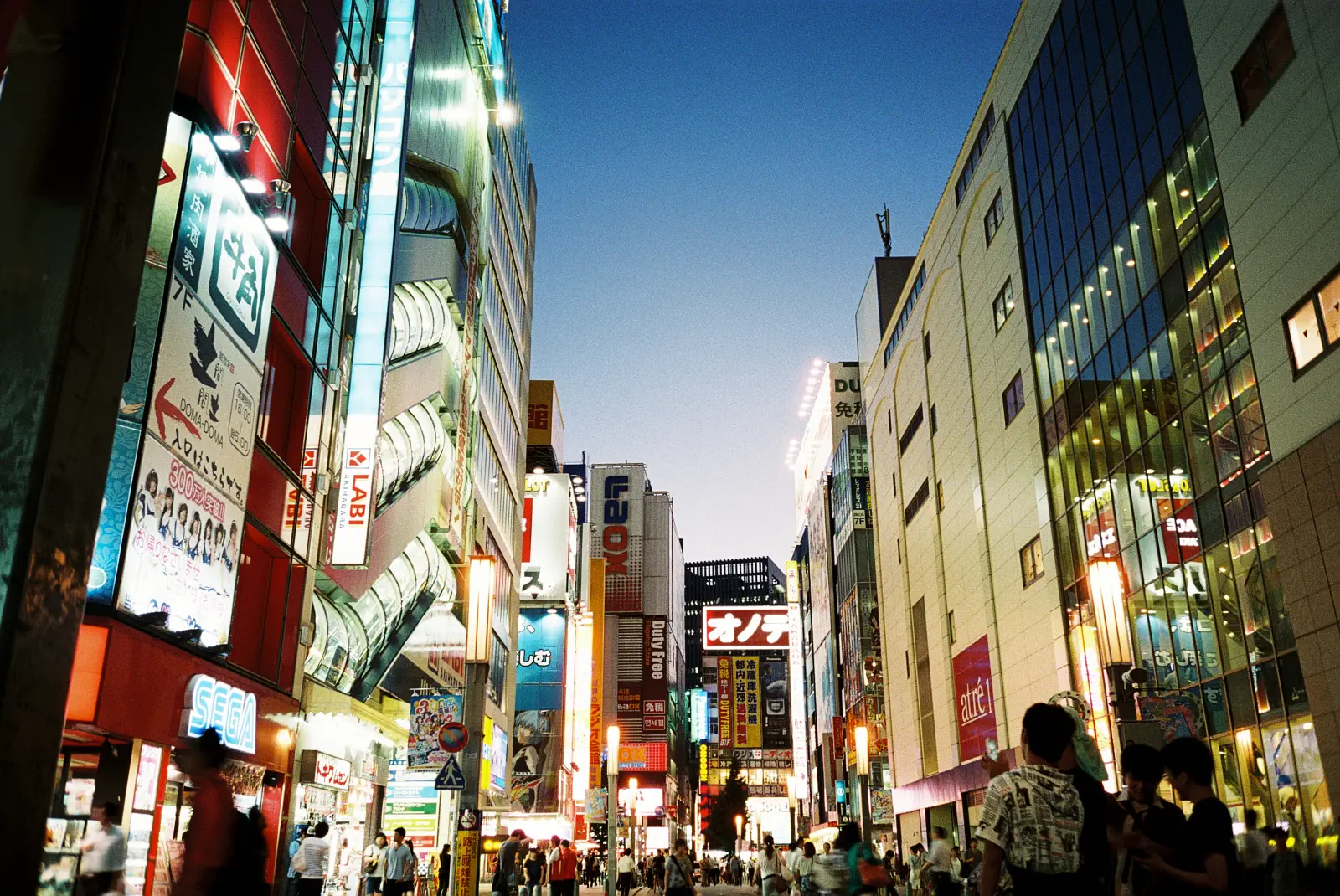
Share this post:
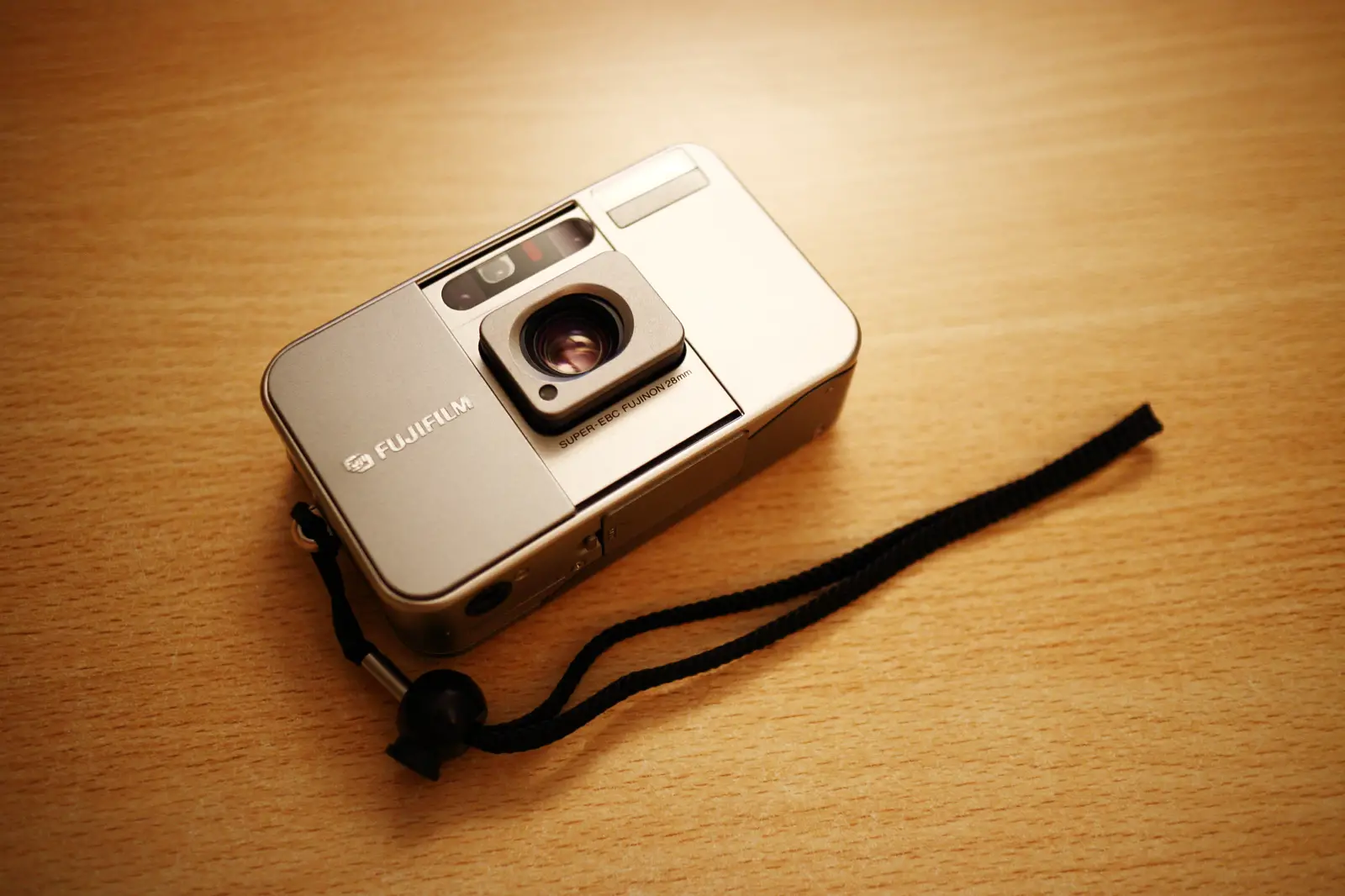
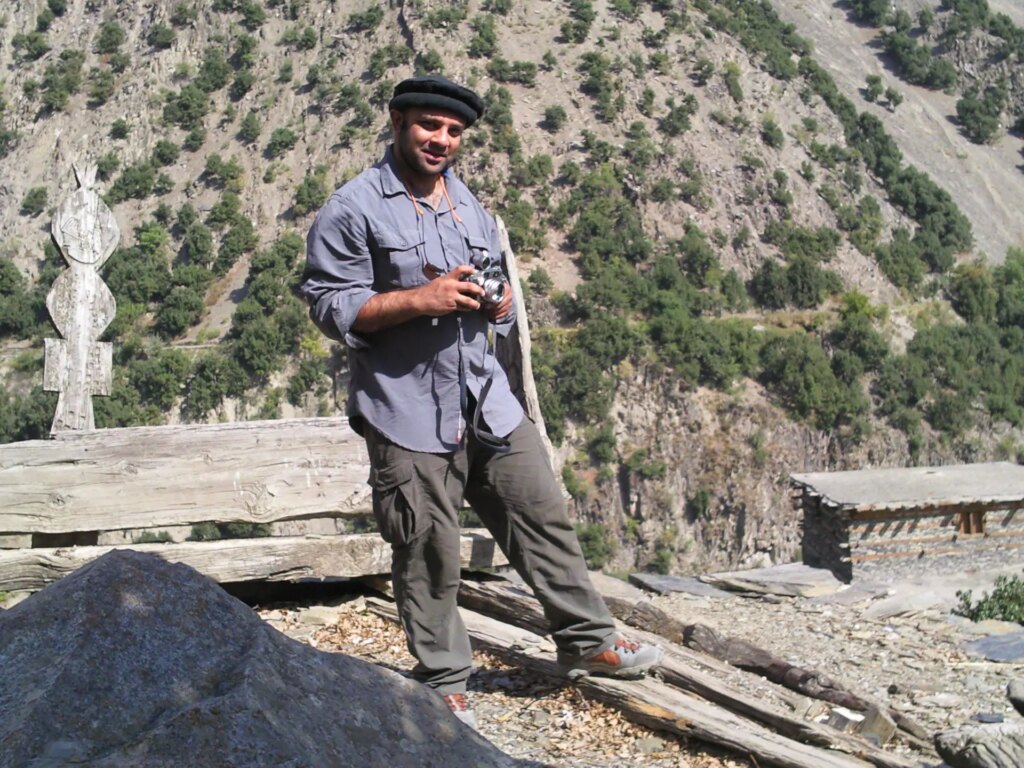
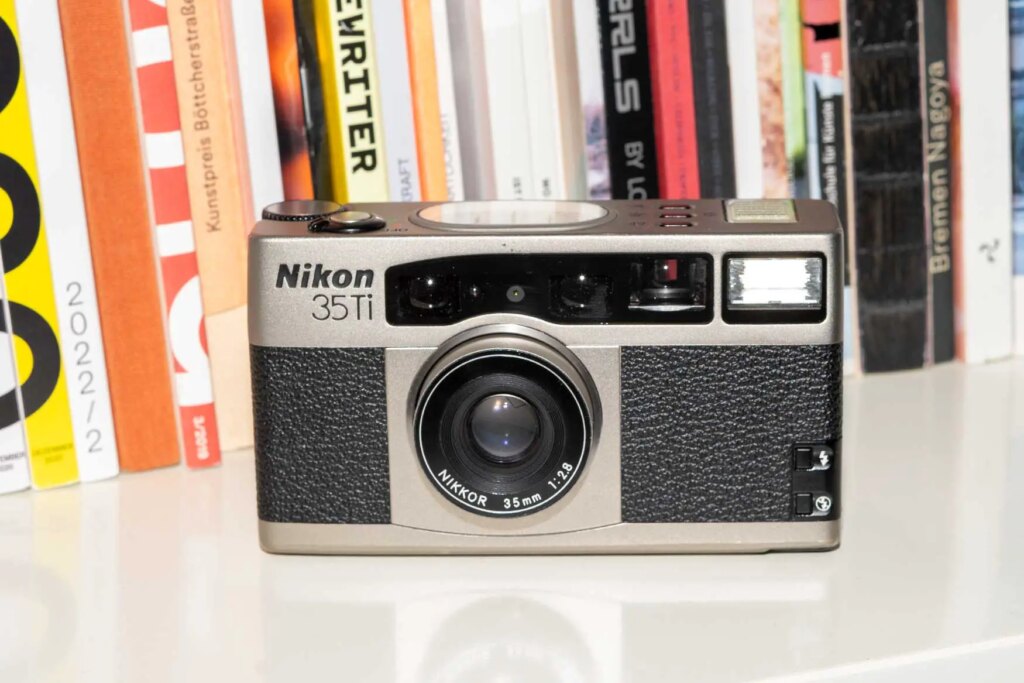
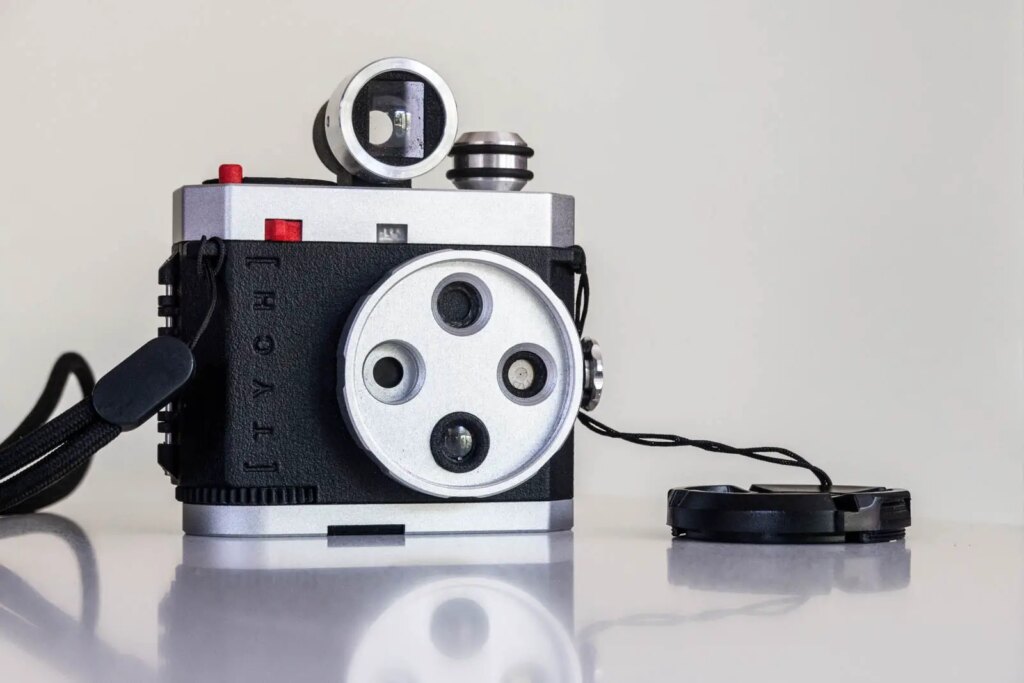
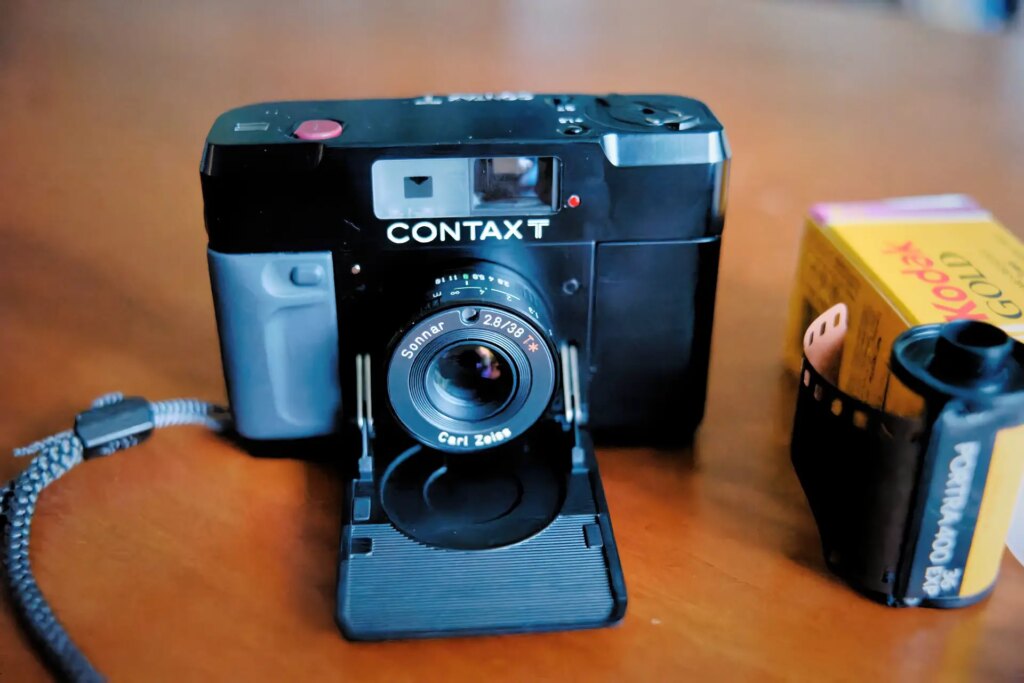




Comments
Hamish Gill on Fuji DL Super Mini (Tiara) Review – an almost cult classic – by Benn Murhaaya
Comment posted: 17/03/2015
You mention briefly the cameras desire to open the aperture that you notice when shooting portraits. Do you think this points to a program mode that generally favours and open aperture over a longer shutter speed?
I'm intrigued as most of the fujis I own do the opposite, whereas the mju-ii (for eg) will favour a wider aperture.
I've been so tempted by this camera so many times!
Comment posted: 17/03/2015
JR on Fuji DL Super Mini (Tiara) Review – an almost cult classic – by Benn Murhaaya
Comment posted: 18/03/2015
Comment posted: 18/03/2015
Arachide on Fuji DL Super Mini (Tiara) Review – an almost cult classic – by Benn Murhaaya
Comment posted: 18/03/2015
I think you are wise to leave the OM-1 at home. I like mine but having to lug it around on vacation gets old very quickly, with the camera seeming to weigh 10kg by the end of the trip. A decent p&s can fill in quite nicely and won't be a burden.
Comment posted: 18/03/2015
Comment posted: 18/03/2015
Comment posted: 18/03/2015
Fuji DL-500 or Tiara’s older brother - Benn Murhaaya - NSFW on Fuji DL Super Mini (Tiara) Review – an almost cult classic – by Benn Murhaaya
Comment posted: 13/07/2015
Thomas on Fuji DL Super Mini (Tiara) Review – an almost cult classic – by Benn Murhaaya
Comment posted: 31/07/2015
If you want to I can scan the manual for you...
Comment posted: 31/07/2015
Comment posted: 31/07/2015
Comment posted: 31/07/2015
Comment posted: 31/07/2015
Comment posted: 31/07/2015
Thomas on Fuji DL Super Mini (Tiara) Review – an almost cult classic – by Benn Murhaaya
Comment posted: 06/08/2015
Fuji DL Super Mini (Tiara) Instruction Manual - 35mmc on Fuji DL Super Mini (Tiara) Review – an almost cult classic – by Benn Murhaaya
Comment posted: 09/08/2015
Nicola on Fuji DL Super Mini (Tiara) Review – an almost cult classic – by Benn Murhaaya
Comment posted: 14/08/2015
Comment posted: 14/08/2015
Jason on Fuji DL Super Mini (Tiara) Review – an almost cult classic – by Benn Murhaaya
Comment posted: 23/08/2015
Love the shots at http://murhaaya.com/sessions/2014-08-23-japan/ - especially the second shot William Eggleston knockoff of the cup on the meal tray by the aeroplane window - one of my favourites of his.
Comment posted: 23/08/2015
John Hill on Fuji DL Super Mini (Tiara) Review – an almost cult classic – by Benn Murhaaya
Comment posted: 07/09/2015
Comment posted: 07/09/2015
Comment posted: 07/09/2015
Comment posted: 07/09/2015
Geoff Thompson on Fuji DL Super Mini (Tiara) Review – an almost cult classic – by Benn Murhaaya
Comment posted: 23/11/2015
camera sitting there. No battery but in very good to near mint condition.Paid a $1 for it.Also sourced the online manual through this site as well.
Have now got it going and can't wait to test it out. Thanks again. Geoff Thompson, South Australia.
David on Fuji DL Super Mini (Tiara) Review – an almost cult classic – by Benn Murhaaya
Comment posted: 23/11/2015
There's a 6 digit number under the bar code on the cassette body. Enter the number in the obvious place here and you might get the answer: http://dexter.pcode.nl/
Regards, David
Fuji X70 Review - A Photographer's Camera - A guess post by Benn Murhaaya - 35mmc on Fuji DL Super Mini (Tiara) Review – an almost cult classic – by Benn Murhaaya
Comment posted: 26/04/2016
Lawrence Braun on Fuji DL Super Mini (Tiara) Review – an almost cult classic – by Benn Murhaaya
Comment posted: 18/05/2016
I'd love to know if you have the ability to change the film rating (iso) in this camera to push film? I can't find any information about that.
Thank you. Love this website.
Comment posted: 18/05/2016
sebastien on Fuji DL Super Mini (Tiara) Review – an almost cult classic – by Benn Murhaaya
Comment posted: 08/07/2016
I'm from France and i'm buying one of these beauty.
Contact me for me informations
joseph saunders on Fuji DL Super Mini (Tiara) Review – an almost cult classic – by Benn Murhaaya
Comment posted: 19/07/2016
Comment posted: 19/07/2016
Comment posted: 19/07/2016
David Kassnoff on Fuji DL Super Mini (Tiara) Review – an almost cult classic – by Benn Murhaaya
Comment posted: 12/08/2016
My question: I'm skilled enough to remove the metal pressure strip. But do you think its removal would cause any other problems with the camera?
Comment posted: 12/08/2016
Blue Logan on Fuji DL Super Mini (Tiara) Review – an almost cult classic – by Benn Murhaaya
Comment posted: 22/03/2019
Outslawscumfudge on Fuji DL Super Mini (Tiara) Review – an almost cult classic – by Benn Murhaaya
Comment posted: 09/11/2019
Comment posted: 09/11/2019
Jonathan on Fuji DL Super Mini (Tiara) Review – an almost cult classic – by Benn Murhaaya
Comment posted: 12/04/2020